I suppose that the best flash, like the best camera, is the one you have with you. In that case, there’s a lot to be said for that dinky little flash that lives on top of the Nikon D810’s prism housing.
On the other hand, it doesn’t stick up very far when you turn it on. That causes potential red-eye problems, and also is an invitation for the lens to block the beam. This tends to be more of a problem with zooms than primes, at closer distances, with lens hood attached, and at shorter focal lengths. There’s no sure-fire way to say if a suspect lens will suffer from the problem without testing, Here are a few such tests.

Nikon 17-35 f/2.8 with hood at 35mm focal length
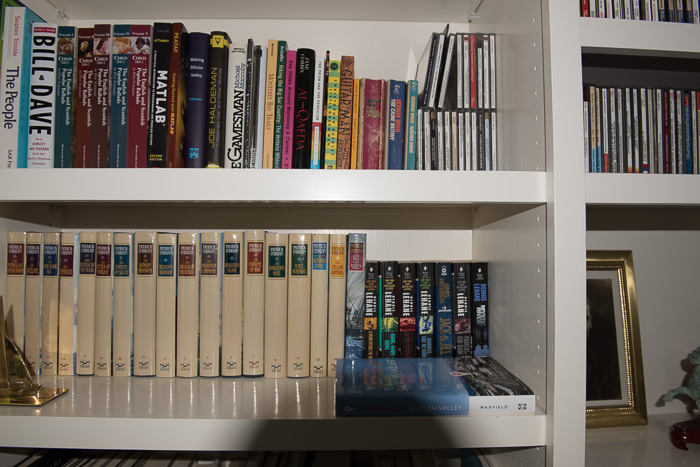
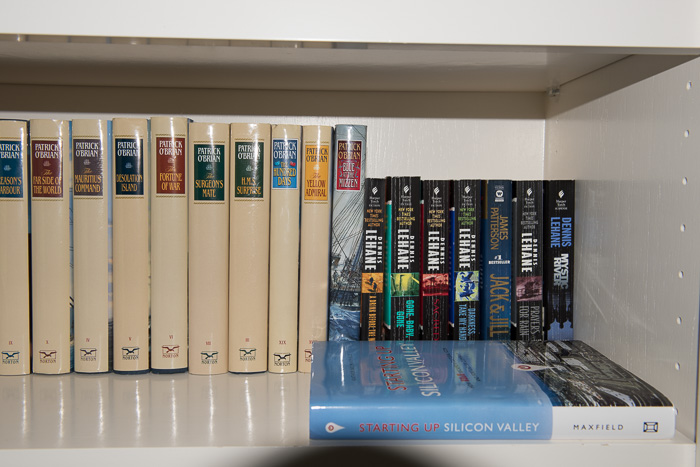


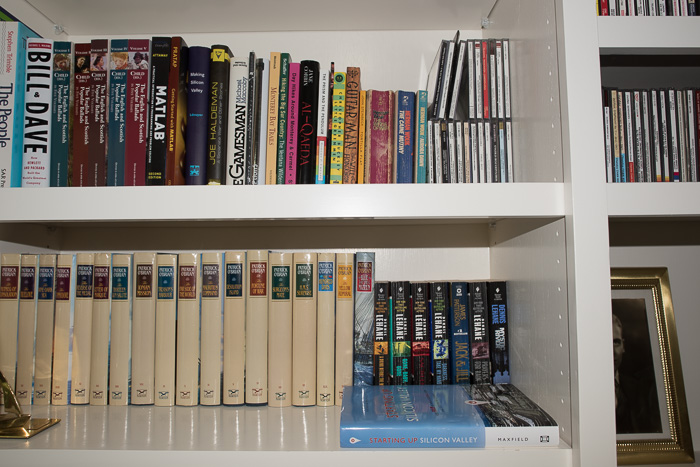
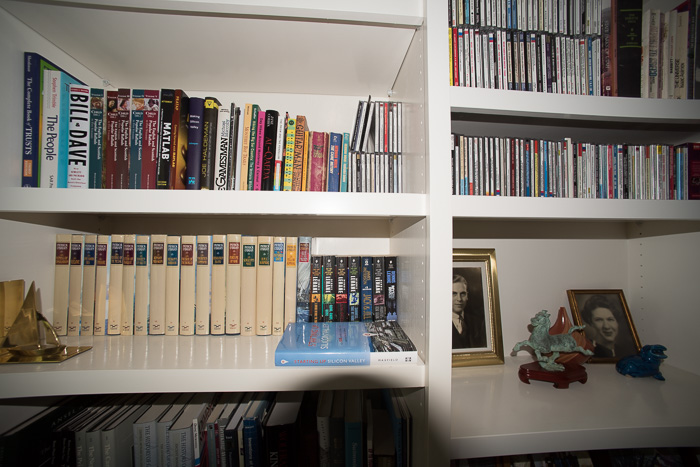
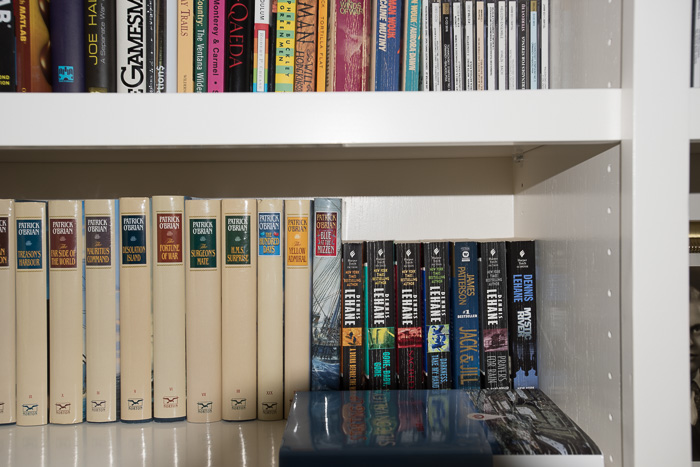
Leave a Reply